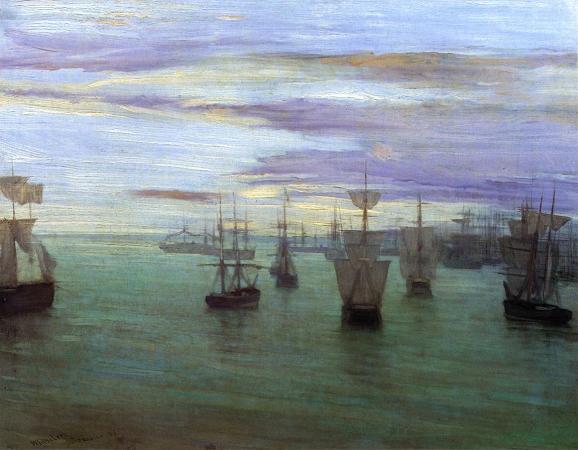Valparaiso. Valparaíso is a major city, seaport, and educational centre in the commune of Valparaíso, Chile. Greater Valparaíso is the third largest metropolitan area in the country. Valparaíso is located about 120 kilometres northwest of Santiago by road and is one of the South Pacific's most important seaports. Valparaíso is the capital of Chile's second most populated administrative region and has been the headquarters for the Chilean National Congress since 1990. Valparaíso has seven universities. Valparaíso played an important geopolitical role in the second half of the 19th century, when the city served as a major stopover for ships traveling between the Atlantic and Pacific oceans by crossing the Straits of Magellan. Valparaíso mushroomed during its golden age, as a magnet for European immigrants, when the city was known by international sailors as Little San Francisco andThe Jewel of the Pacific. In 2003, the historic quarter of Valparaíso was declared a United Nations Educational, Scientific, and Cultural Organization World Heritage site. Notable features include Latin America's oldest stock exchange, the continent's first volunteer fire department, Chile's first public library, and the oldest Spanish language newspaper in continuous publication in the world, El Mercurio de Valparaíso. The second half of the twentieth century was unfavorable to Valparaíso, as many wealthy families abandoned the city. The opening of the Panama Canal and reduction in ship traffic dealt a serious blow to Valparaíso's port-based economy. Over the first 15 years of the twenty-first century the city reached a recovery, attracting artists and cultural entrepreneurs who have set up in the city's hillside historic districts. Today, many thousands of tourists visit Valparaíso from around the world to enjoy the city's labyrinth of cobbled alleys and colorful buildings. The port of Valparaíso continues to be a major distribution center for container traffic, copper, and fruit exports. Valparaíso also receives growing attention from cruise ships that visit during the South American summer. Most significantly, Valparaíso has transformed itself into a major educational center with four large traditional universities and several large vocational colleges. The city exemplifies Chilean culture, with festivals every year, and street artists and musicians. The Bay of Valparaíso was probably first populated by the Picunche natives, known for their agriculture, or the Chango people, who were nomads dedicated to fishing, and traveling between modern-day Caldera and Concepcion. Spanish explorers, considered the first European discoverers of Chile, arrived in 1536, aboard the Santiaguillo, a supply ship sent by Diego de Almagro. The Santiaguillo carried men and supplies for Almagro's expedition, under the command of Juan de Saavedra, who named the town after his native village of Valparaíso de Arriba in Cuenca Province, Spain. During Spanish colonial times, Valparaíso remained a small village, with only a few houses and a church. In 1810, a wealthy merchant built the first pier in the history of Chile and the first during the colonial era. In its place today, stands the building of El Mercurio de Valparaíso. The ocean then rose to this point. Reclamation of land from the sea moved the coastline five blocks away. Between 1810 and 1830, he built much of the existing port of the city, including much of the land reclamation work that now provides the city's commercial centre. In 1814, the naval Battle of Valaparaiso was fought offshore of the town, between American and British ships involved in the War of 1812. After Chile's independence from Spain, beginning the Republican Era, Valparaíso became the main harbour for the nascent Chilean navy, and opened international trade opportunities that had been formerly limited to Spain and its other colonies. Valparaíso soon became a desired stopover for ships rounding South America via the Straits of Magellan and Cape Horn. It gained particular importance supporting and supplying the California Gold Rush. As a major seaport, Valparaíso received immigrants from many European countries, mainly from Britain, Germany, France, Switzerland and Italy. German, French, Italian and English were commonly spoken among its citizens, who founded and published newspapers in these languages.
more...


